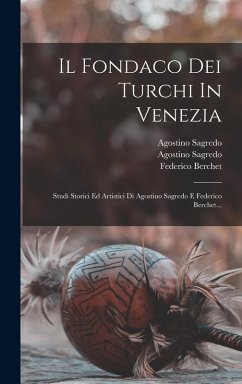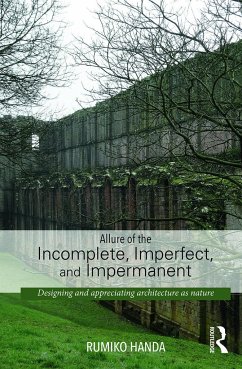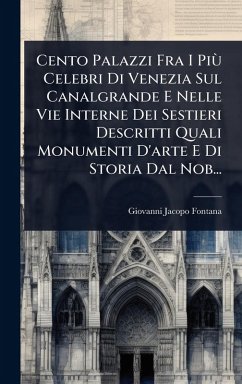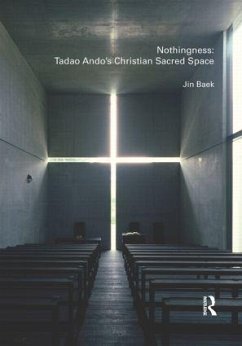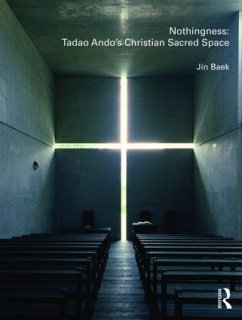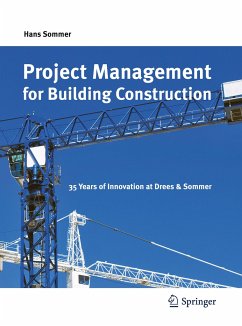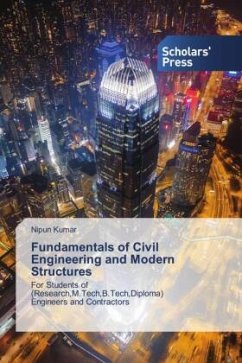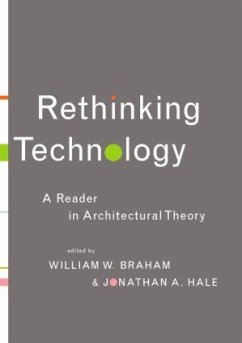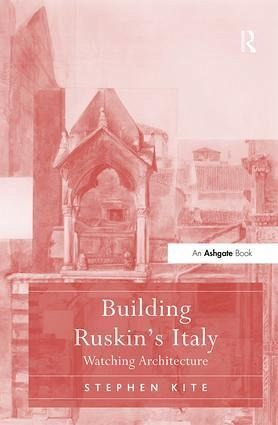
Building Ruskin's Italy
Watching Architecture

PAYBACK Punkte
93 °P sammeln!
Based on extensive fieldwork, and research into John Ruskin's still little-interpreted archival material, notebooks and drawings (in the Ruskin Library, Lancaster University, UK and elsewhere), Stephen Kite offers an unprecedented account of the evolution of Ruskin's architectural thinking and observation in the context of Italy where his watching of building achieved its greatest intensity. Venice naturally figures large in a work that also examines other key sites including Verona, Lucca, Pisa, Florence, Milan and Monza; here, the fabrics are vividly read in their contexts against the rich e...
Based on extensive fieldwork, and research into John Ruskin's still little-interpreted archival material, notebooks and drawings (in the Ruskin Library, Lancaster University, UK and elsewhere), Stephen Kite offers an unprecedented account of the evolution of Ruskin's architectural thinking and observation in the context of Italy where his watching of building achieved its greatest intensity. Venice naturally figures large in a work that also examines other key sites including Verona, Lucca, Pisa, Florence, Milan and Monza; here, the fabrics are vividly read in their contexts against the rich evidence of Ruskin's diaries, his pocket-book sketches, architectural worksheets, drawings, and daguerrotypes (the early form of photography), and the drafts and published editions of the texts. Kite presents the complex story of Ruskin's visual thinking in architecture as a narrative of deepening interpretation and representation, focusing on the humbler monuments of Italy. He shows how Ruskin's early picturesque naturalism was transformed by the realisation that to understand the built realities confronting him in Italy demanded a closer engagement with the substance of the stones themselves; reflecting Ruskin's sense of his task as a near-archaeological gleaning and gathering of remains 'hidden in many a grass grown court, and silent pathway, and lightless canal'.






